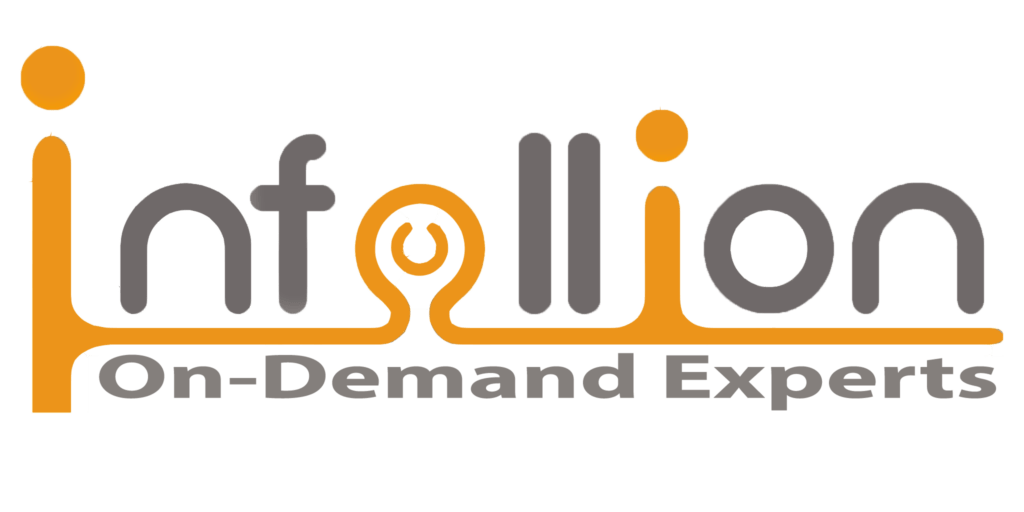Curriculum
- 5 Sections
- 25 Lessons
- 1 Day
Expand all sectionsCollapse all sections
- Regulatory Frameworks & Definitions6
- 1.1Key definitions: Food Additives, Preservatives, Processing Aids, Novel Foods.
- 1.2Regulatory frameworks: Codex Alimentarius standards.
- 1.3Regulatory frameworks: FSSAI (India), EFSA (EU), FDA (US) requirements.
- 1.4Approval Pathways: Positive Lists, Maximum Permitted Levels (MPLs), ADI (Acceptable Daily Intake).
- 1.5Novel Foods Scope: New Ingredients, Extraction Methods, Nano-ingredients, Gm Foods.
- 1.6GRAS (Generally Recognized As Safe), E-numbers, QPS (Qualified Presumption Of Safety), Dossier Submission, Risk Assessment.
- Compliance & Market Challenges6
- 2.1Navigating regional variations in additive and preservative regulations.
- 2.2Safety and toxicology testing requirements.
- 2.3Challenges in labeling, claims, and consumer perception.
- 2.4Regulatory bottlenecks: delays in approvals, restricted additive usage.
- 2.5Novel Food Trends: Plant-based Proteins, Alternative Sweeteners, Functional Foods, Nutraceutical Blends.
- 2.6Cross-border trade compliance challenges for additives and processed foods.
- Real-Life Case Studies – Successes & Failures5
- 3.1Case 1: Product recall due to undeclared preservative in beverages.
- 3.2Case 2: Market approval success of stevia as a novel sweetener.
- 3.3Case 3: EFSA rejection of an additive dossier due to insufficient toxicology data.
- 3.4Case 4: Indian FSSAI approval journey for novel nutraceutical blends.
- 3.5Expert Insights: Global Lessons On Documentation, Scientific Substantiation, And Regulator Engagement.
- Interactive Exercises & Simulation4
- 4.1Simulation: Teams classify additives under EU/US/India frameworks.
- 4.2Group Exercise: Draft a compliance checklist for preservatives in packaged snacks for export to EU.
- 4.3Role-Play: Regulatory authority vs food company → defending a novel food dossier submission.
- 4.4Debrief: How regulatory readiness impacts speed-to-market and risk mitigation.
- Wrap-Up & Key Takeaways4
- 5.1Food additives and preservatives are highly regulated with strict MPLs and safety testing requirements.
- 5.2Novel food approvals demand strong scientific evidence, dossiers, and regional regulatory strategy.
- 5.3Proactive compliance and documentation reduce risks of recalls and market rejections.
- 5.4Early engagement with regulators and cross-functional collaboration ensures faster approvals.

